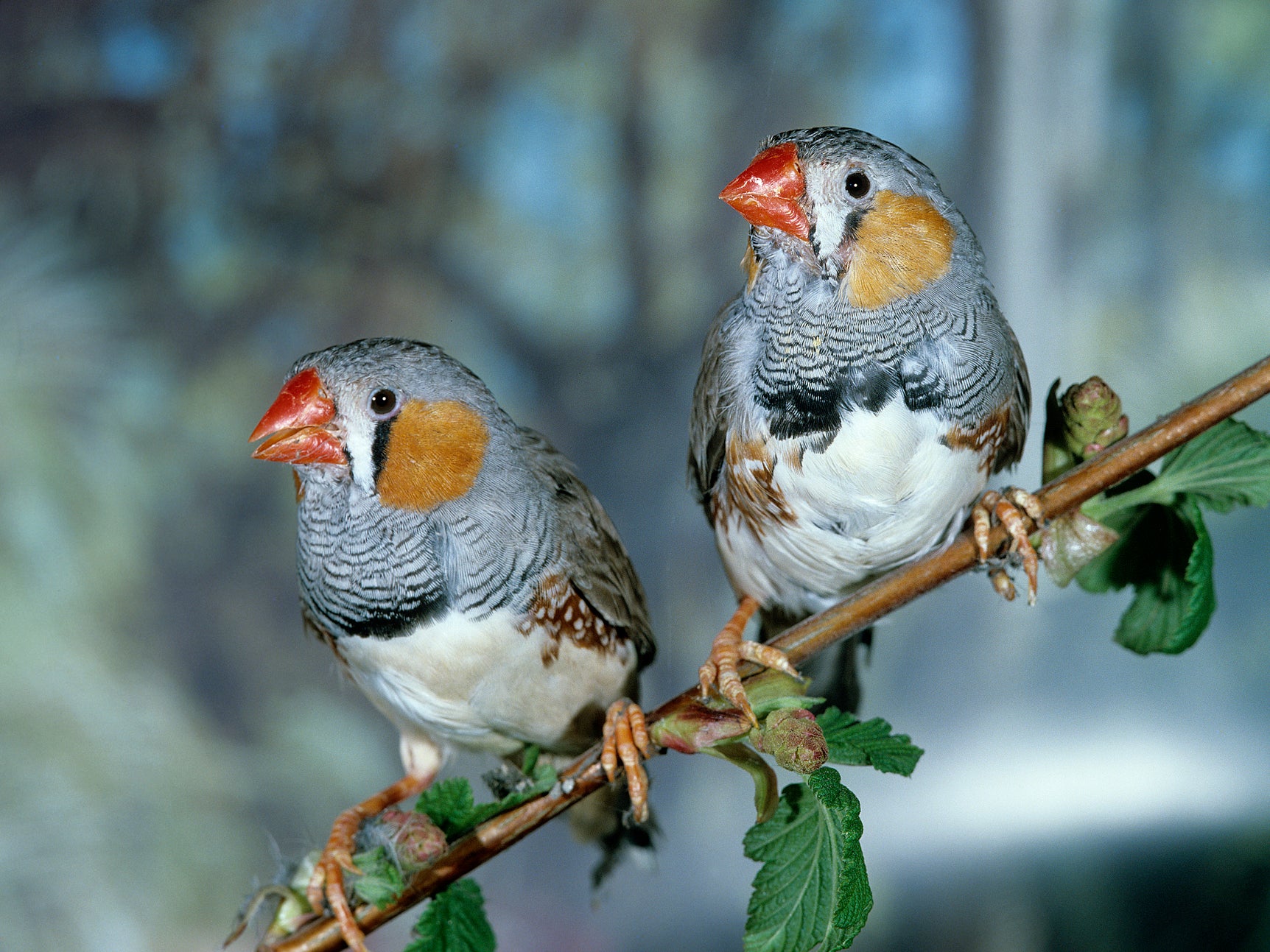AI software identifies individual wild birds without need for ringing or tagging
Non-invasive means of identifying birds could cut need for expensive and lengthy fieldwork, allowing for more broad-ranging research

“Twitchers”, as keen ornithologists are known, are adept at rapidly identifying a huge array of bird species - from common garden guests, to rare exotic visitors - but one thing they cannot do on the same scale is identify individual birds within the same species.
But new artificial intelligence technology has apparently succeeded where human experts cannot, and can easily recognise individual wild birds.
The development could provide ecologists with a valuable tool which would reduce the amount of necessary fieldwork and invasive procedures such as catching, ringing or tagging birds, the research team said.
In the developmental study, researchers from institutes in France, Germany, Portugal and South Africa collected thousands of labelled images of birds and used the data to train and test AI models in what is believed to be the first successful attempts to do this with birds.
The researchers trained the AI models to recognise images of individual birds in wild populations of great tits and sociable weavers, as well as a captive population of zebra finches - some of the most commonly studied birds in behavioural ecology.
After training, the AI models were tested with images of the individuals they had not seen before and had an accuracy of over 90 per cent for the wild species and 87 per cent for the captive zebra finches.
“We show that computers can consistently recognise dozens of individual birds, even though we cannot ourselves tell these individuals apart. In doing so, our study provides the means of overcoming one of the greatest limitations in the study of wild birds - reliably recognising individuals,” said Dr André Ferreira from the Centre for Functional and Evolutionary Ecology (CEFE) in France, the lead author of the study.
Currently, individually identifying animals is one of the most expensive and time-consuming factors which can limit the scope of behaviours and sizes of the populations that researchers can study.
“Current identification methods like attaching colour bands to birds' legs can also be stressful to the animals,” the scientists said.
“The development of methods for automatic, non-invasive identification of animals completely unmarked and unmanipulated by researchers represents a major breakthrough in this research field,” said Dr Ferreira.
“Ultimately, there is plenty of room to find new applications for this system and answer questions that seemed unreachable in the past.”
The researchers noted that human facial recognition systems have long been accurate, but they said it was because the companies such as Facebook have access to millions of pictures of different people that are voluntarily tagged by users.
However, similarly acquiring labelled photographs of animals is difficult and has created a bottleneck in research.
To overcome this challenge, the team built specially-made bird feeders with camera traps and sensors.
Most birds in the study populations carried a passive integrated transponder (PIT) tag, similar to the microchips implanted in pet cats and dogs. Antennae on the bird feeders were able to read the identity of the bird from these tags and trigger the cameras.
This allowed the creation of the datasets needed for the AI to learn the differences between individual birds.
Distinguishing individual animals from one another is important for the long-term monitoring of populations and protecting species from pressures such as climate change.
While some species such as leopards have distinct patterns that allow humans to recognise them by eye, most species require additional visual identifiers, such as colour bands attached to birds' legs, for us to tell them apart.
“Even then, methods like this are extremely time consuming and error prone,” the research team said.
The authors warned that the AI model is only able to re-identify individuals it has been shown before, and said issues such as colouration changes due to moulting could impact the accuracy of the system - though further study is required.
“The model is able to identify birds from new pictures as long as the birds in those pictures are previously known to the models. This means that if new birds join the study population the computer will not be able to identify them.” said Dr André Ferreira.
The authors said the limitations can be overcome with large enough datasets containing thousands of images of thousands of individuals over long periods of time, which they are currently trying to collect.
The research is published in the British Ecological Society journal Methods in Ecology and Evolution.
Join our commenting forum
Join thought-provoking conversations, follow other Independent readers and see their replies
Comments